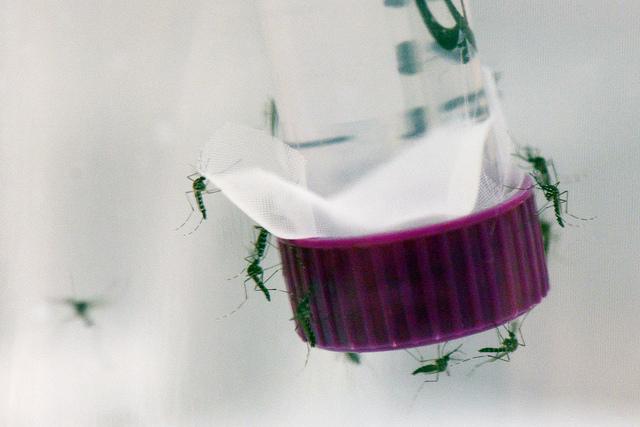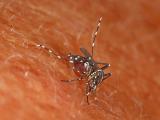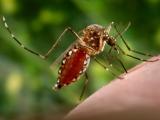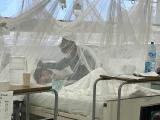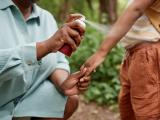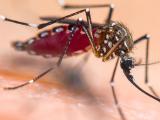The World Health Organization (WHO) today released the details of a joint strategy to battle Zika virus, which will cost $56 million to implement, and weighed in on mosquito control, a complex challenge that might get a boost from new techniques.
The WHO spelled out the strategy in a 32-page report, with the main steps through June focusing on coordinating experts and resources to help countries with surveillance for the virus and disorders that may be linked to it, mosquito control, risk communication, guidance, medical care, and countermeasure research and development.
Plan outlines steps for next 5 months
In a statement, the WHO said that of the $56 million for implementation, $25 million would go toward response actions based out of the regional office for the Americas and $31 million is earmarked to support the work of its 23 key partners. The agency added that it would draw from its new emergency contingency fund—established in the wake of West Africa's Ebola outbreak—to pay for initial operations.
The strategy describes the key activities for each component of the response and which partners are involved at each step.
The WHO had announced earlier that it activated its Incident Management System, part of its new emergency program, also implemented as part of reforms driven by challenges encountered during the Ebola epidemic. It has also been sharing guidance and the latest information on microcephaly and Guillain-Barre syndrome (GBS), two conditions possibly linked to the virus, and is mapping out priorities for vaccines, treatments, and diagnostic tests.
In the strategy, the WHO said microcephaly and GBS clusters are affecting countries differently, and the response will be tailored to each nation's specific needs. It plans to update the response strategy every 6 weeks or more often as needed and to issue situation reports weekly.
The framework also gives an idea of the resources needed for each part of the initial response. For example, $15.4 million is targeted to community engagement and risk communication, which are crucial for promoting prevention, reducing anxiety, addressing stigma, dispelling rumors, and addressing cultural misperceptions. Also, $14.2 million would go toward care of people affected by the virus, especially childbearing-age women, pregnant women, and families with children affected by the virus.
Sobering assessment of mosquito control
In the WHO's assessment of mosquito control today, it described the challenge of battling Aedes aegypti mosquitoes, which have evolved to live near and feed on humans in urban settings and can breed in indoor water sources. The species uses "sneak attacks" (approaching from behind, biting ankles and elbows) and multiple bites, which can increase the number of people infected by a single mosquito carrying the virus.
"All of these features make Aedes aegypti populations extremely difficult to control. They also make the diseases they spread a much larger menace," the WHO said.
The mosquito species had been virtually eliminated from the Americas by the 1960s, and control programs subsequently eroded in the region, weakening countries' capacity to respond to the threat. The WHO said earlier successful programs were replaced by reactive spraying during emergencies, a step it said has high visibility and political appeal but makes little impact unless combined with other control strategies.
Though well-designed mosquito programs can be effective, they are costly, complex, and complicated by insecticide resistance, the WHO said.
Eliminating mosquito-breeding sites is the most effective intervention, the WHO said. Fogging, recommended only in emergency situations, is effective only at dawn and dusk, when mosquitoes are most active.
Given the Zika threat and the need for more control tools, the WHO said its vector-control advisory group has evaluated newer methods, including a genetically modified prototype mosquito. It said more field trials and risk assessments are needed to gauge the impact on disease transmission, but earlier trials in the Cayman Islands showed promising reductions in Aedes aegypti populations.
The release of sterilized male insects has been successfully used in agricultural pest control, the WHO said. Further, large-scale field trials of the use of Wolbachia bacteria in male mosquitoes to tamp down mosquito populations—used to control dengue in several countries—will start soon.
As a biological approach, El Salvador is introducing larva-eating fish into water containers as part of its overall mosquito control plan, the WHO said.
See also:
Feb 16 WHO assessment of mosquito control
Feb 16 WHO Zika response strategy statement
